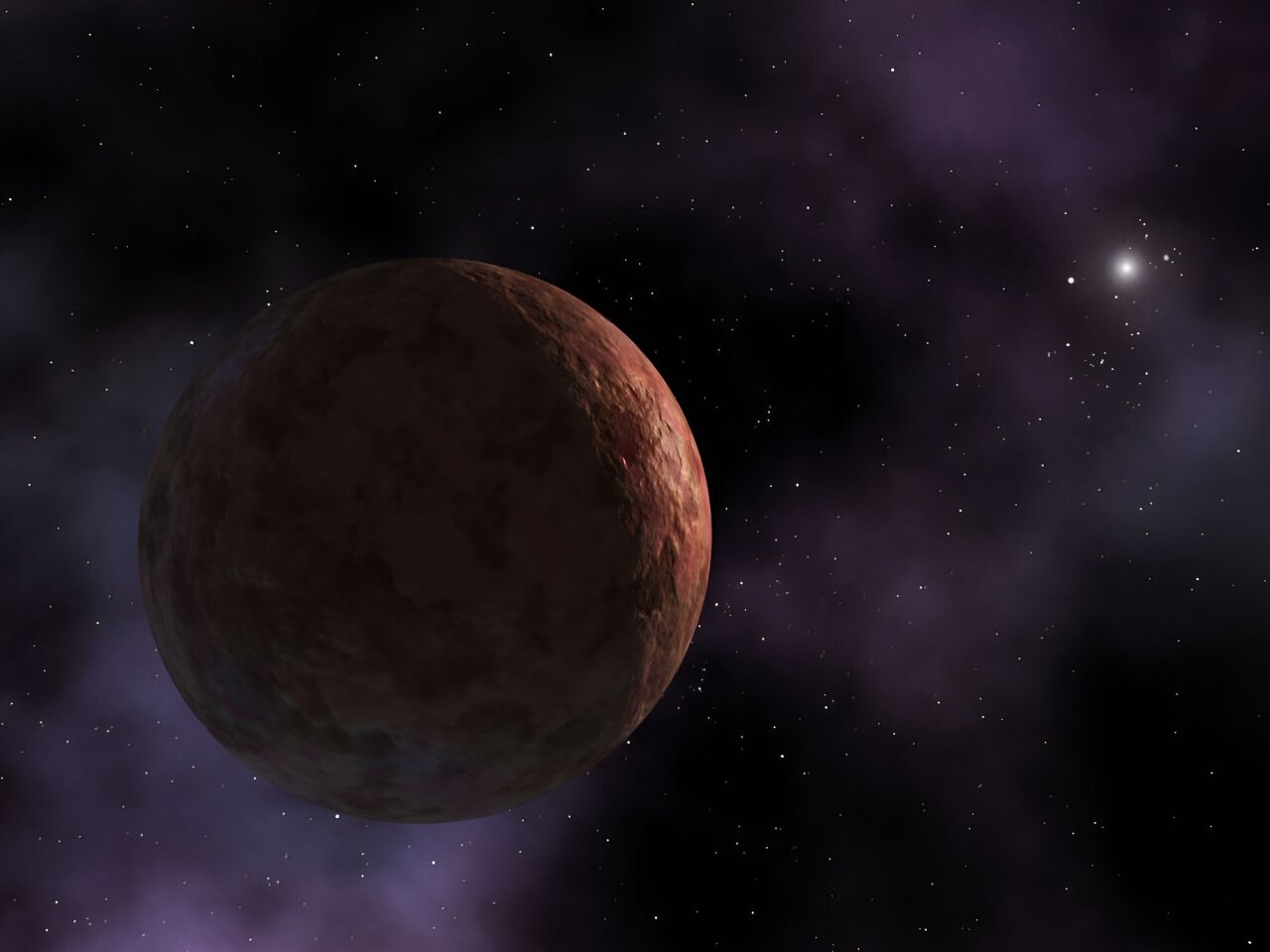Scientists working with the James Webb Space Telescope have explored Sedna, Gonggong, and Quaoar. These three ice dwarfs are located beyond the orbit of Neptune. Scientists found organic matter on them and understood how they were formed.

Mysterious ice dwarfs
Beyond the orbit of Neptune lies the Kuiper Belt, full of icy bodies of various sizes. They have almost never been explored by any spacecraft. Recently, the NIRSpec infrared spectrograph on the James Webb Space Telescope was used to investigate three of them: Sedna, Gonggong, and Quaoar.
In fact, Trans-Neptunian objects that are more than a hundred kilometers in size are even larger than asteroids of the main belt of the corresponding size. Quaoar, Sedna and Gonggong have a diameter of up to 1000 km and can be classified as dwarf planets. However, we still know too little about them to confidently assert something.
Scientists are especially interested in how the chemical composition changes from the orbit of objects. It is strongly curved on Sedna, with a perihelion of 76 AU and an aphelion of 1000 AU. Gonggong has a pronounced elliptical: perihelion — 33 AU, aphelion — 100 AU. Finally, it is almost circular on Quaoar, with an average distance from the Sun of 43 AU.
What James Webb showed
The spectrograph of the space telescope showed quite an interesting result. As expected, all three objects mainly consist of methane ice interspersed with silicate rocks. However, ethane (C2H6) was also found on all three bodies. It turned out to be the lowest on Quaoar, the most on Gonggong, and the greatest concentration of all on Sedna. Acetylene and ethane were also found on them.
So there is a direct correlation between the respective orbit and the composition of these matters. This is a very interesting conclusion because it agrees well with the opinion that all these complex hydrocarbons are derived from methane and are entirely due to the action of sunlight. During the short period of time that a body in an eccentric orbit is closer to our star, they have time to form, but do not have time to evaporate.
Relationship with other studies
These results are presented in two recent studies led by Dr. Will Grundy, an astronomer at the Lowell Observatory and NASA’s New Horizons mission, and Chris Glein, a planetary scientist and geochemist. They and their colleagues measured deuterium/hydrogen (D/H) in methane on Eris and Makemake.
The authors of the new study suggest that it should be the same in the case of Sedna, Gonggong, and Quaoar. That is, we are talking about the processes of methane renewal. And for this, the body should be large enough, since there is nothing like this on small Trans-Neptunian objects.
The results of this study also demonstrate the capabilities of James Webb, which have repeatedly proved their value since they began work at the beginning of last year. They also remind us that in addition to creating new visions and discovering distant planets, galaxies and the large-scale structure of the Universe, Webb can also reveal details about our small corner of space.
According to phys.org
Follow us on Twitter to get the most interesting space news in time
https://twitter.com/ust_magazine
